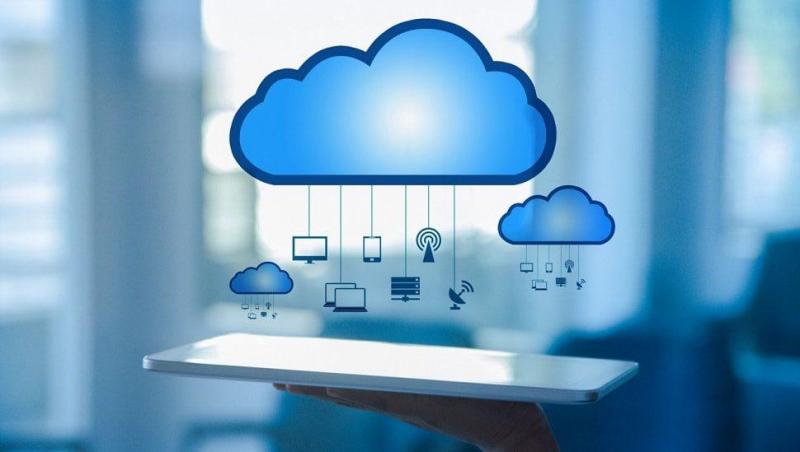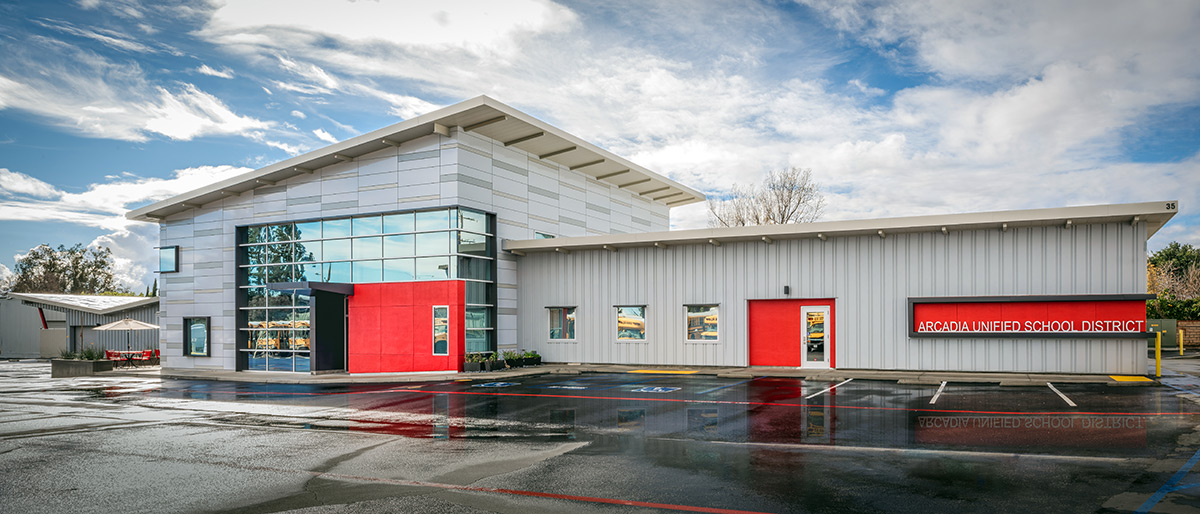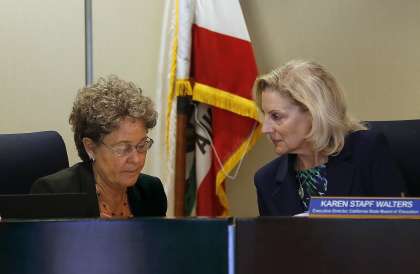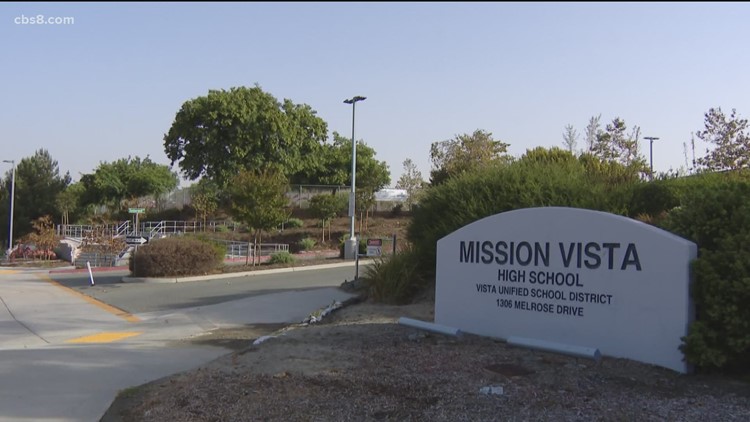The Covid-19 pandemic has exposed and exacerbated a range of systemic inequities, from healthcare availability to employment opportunities and beyond. For higher education, internet access is tipping the scales between the haves and have-nots.
When the delivery of high-quality instruction depends on reliable, high-speed broadband connections for every student — as it does right now — anyone lacking the right resources gets left behind. The dangers of being left behind are even more grave after the California wildfires.
According to a 2019 report from Governor Gavin Newsom’s Strike Force, “the lack of broadband in rural communities and access to cell service make it difficult to communicate clear emergency evacuation orders to residents or locate residents who are in trouble.”
Disconnected: Internet stops once school ends for many rural California students In this moment, internet access directly impacts Californians’ ability to survive extreme danger and better their chances for economic recovery through education. It’s time to ensure all Californians can get connected.
As of 2018, the most recent year for which data are available, 89% of households in California had some type of broadband internet subscription, including through cable, fiber optic, DSL and cellular data plans. Broadband access varies substantially […]


Add a comment






